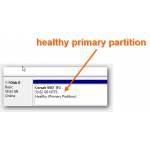 If you buy a new hard-drive you will first have to initialize it and create a partition on it. Using the built-in disk manager you can get this done in 10 steps
If you buy a new hard-drive you will first have to initialize it and create a partition on it. Using the built-in disk manager you can get this done in 10 steps
Open Disk Manager
1. Step First of all, hit CTRL +F on your keyboard to open the Search bar and enter “hard drive”. You will get a bunch of results when you click on Settings:

2. Step Click on the option “Create and format hard disk” to open the Windows 8 disk manager that can be used to shrink partitions, create partitions, initialize drives and much more. In this example below you can see that Disk 0 has unallocated space. This disk hasn’t been initialized and you need to create a simple volume on it to get the computer to recognize it!
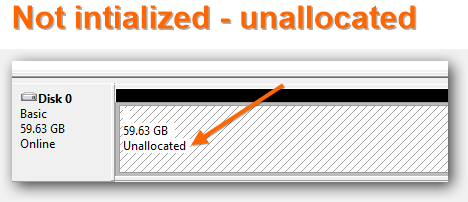
Create Simple Volume
3. Step Right-click on the drive that you want to initialize and then click on Create simple volume
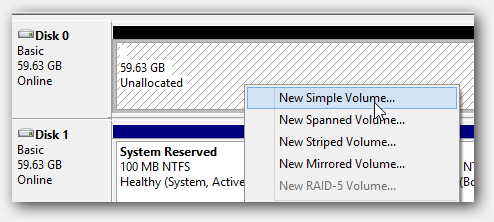
4. Step Click Next
5. Step You will be asked to enter a volume size in MB. By default Windows 8 will try to allocate all disk space to this partition. It is recommended that you create multiple partition if you have a big hard drive that is larger than 1TB. In this example the hard drive is a SSD and has only 64GB of disk space. Hence, it does not make much sense to create a lot of partitions. Windows 8 alone will take up a couple GB of disk space and after installing a couple programs that disk will be filled in no time.
Tip: If you have a large disk do not allocate all space if you want to install a OS that does not support NTFS like Ubuntu (ext4)
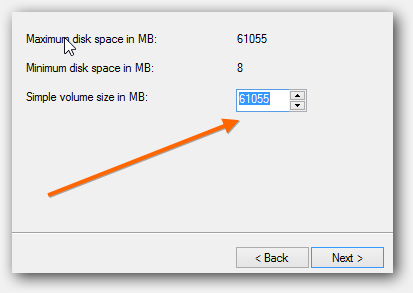
Assign Drive-Letter and Format Drive
6. Step You can now assign a new drive letter to this hard drive. Optionally, you can mount the drive onto a NTFS folder or do NOT assign a drive letter. It is HIGHLY recommended that you assign a drive letter or some programs might not work that depend on drive letters
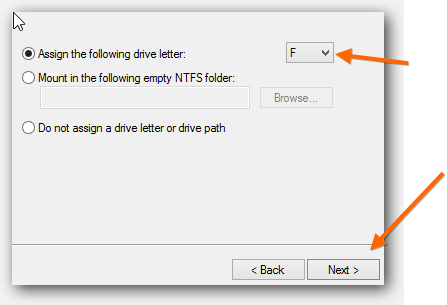
7. Step You can now format this hard drive using NTFS and enter a volume name (the name that will appear later in your Windows 8 explorer.exe) for this particular partition. You can use exFAT to partition this volume, but this is for advanced users only. Unfortunately, Windows built-in disk manager does not allow you to format using ext4 or ext3 because Windows 8 requires NTFS. However, later on you can format remaining disk space using ext4 for a Ubuntu partition.
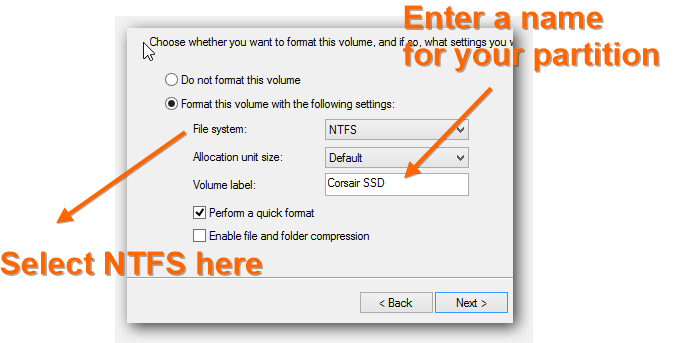
8. Step You may want to enable file and folder compression for the drive. This can dramatically de-crease the disk space being used by files stored on your drive. While this is considered a stable feature, I usually do not enable this to avoid problems, especially not on SSD drives
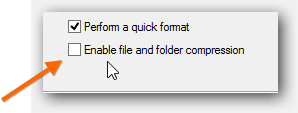
9. Step Review your settings and click Finish
Healty Partition Should Be “Online” Now
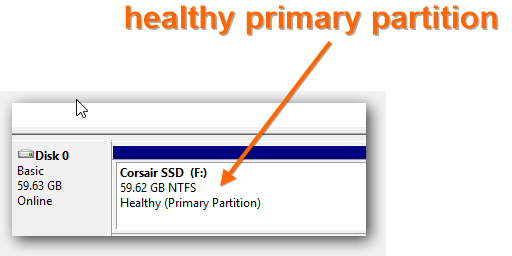
10. Step Finally, you should have a healthy primary partition and the drive is now “online” – you can now re-boot and install Windows 8 on it or whatever you want to do with this drive
If you’re still having problems initializing a new hard drive, feel free to ask a question at qa.windows7themes.net

